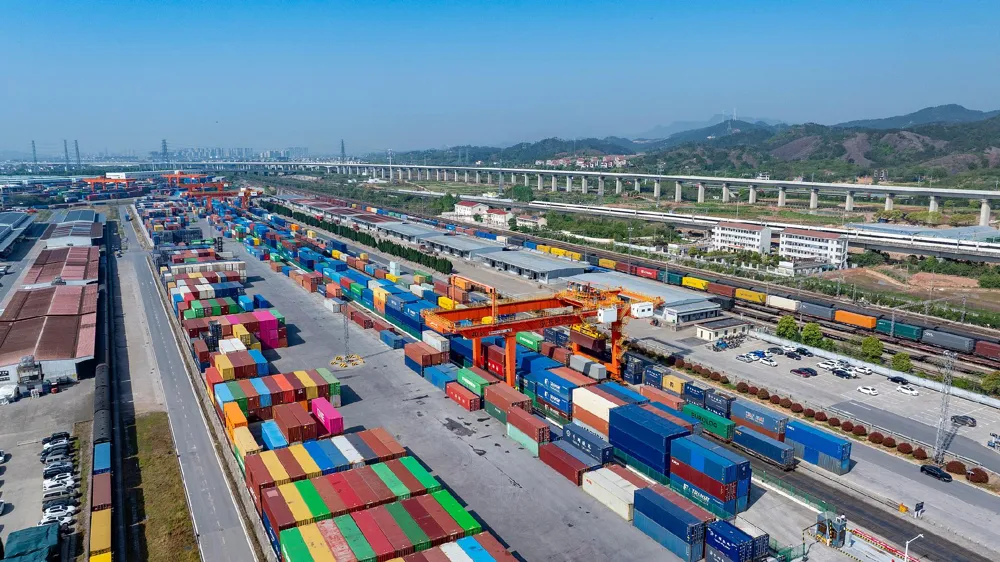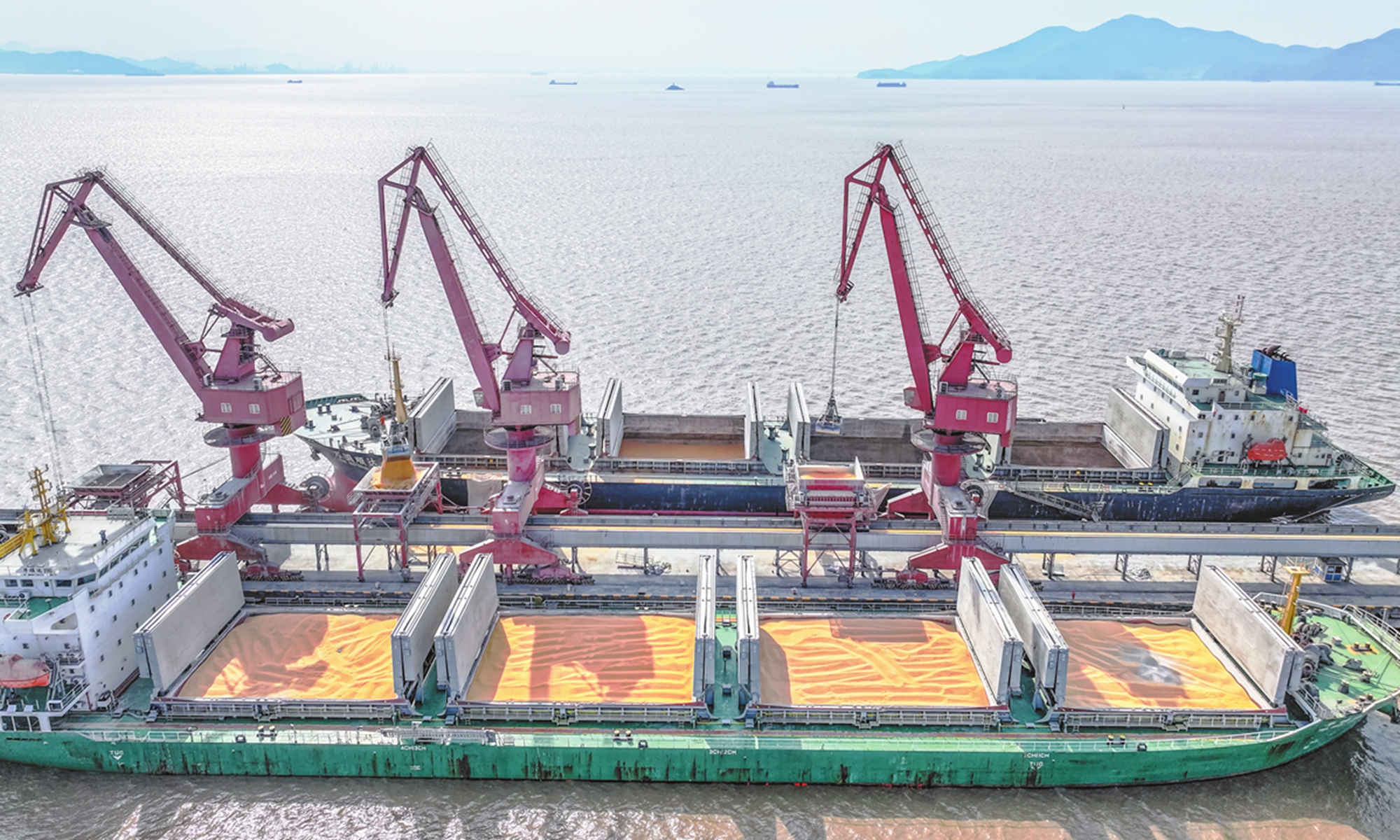Yangtze River Delta Showcases China's Modernization Model

The Yangtze River Delta has emerged as a significant showcase of modern urbanization and coordinated public service delivery in China, contributing to enhanced living standards and regional economic integration. As a focal point for innovation and collaboration, this region presents an exemplary model highlighting how integrated development can spur societal and economic growth.
This year celebrates the seventh anniversary of the Yangtze River Delta's integrated development as a national strategic initiative. Since its official designation as a national strategy in 2018, the region—comprising Shanghai, Jiangsu, Zhejiang, and Anhui—has deepened top-level planning aimed at dismantling administrative barriers while preserving existing administrative jurisdictions. This effort is pivotal in translating the vision for high-quality development into real-world advancements.
Expectations are high for the Yangtze River Delta, with forecasts suggesting it will contribute approximately 24.8 percent of China's total economic output by the first half of 2025. This marked progress underscores the remarkable achievements made in the arena of regional integration, setting the stage for enhanced economic dynamism.
The collaborative environment fostered within the delta region has driven significant advancements in cross-sector partnerships. This integration facilitates a unique competitive landscape wherein cities are empowered to define their strategic roles and specializations collaboratively, moving above mere competition to an ecosystem that thrives on complementary efforts.
In an impressive display of industrial collaboration, the Yangtze River Delta is fast approaching the development of a world-class hub for advanced industrial clusters. Here, integration does not equate to uniformity but rather establishes a dynamic setup conducive to clear division of labor. Notably, the integrated circuit industry in the delta represents 60 percent of the national production, while artificial intelligence and new-energy vehicles account for one-third and roughly 40 percent, respectively. Key cities are leading in distinct sectors: Shanghai focuses on integrated circuits and vehicles, Nanjing on software, Hangzhou on cloud computing, and Wuxi on the Internet of Things.
Efforts to reinforce cross-regional policy design have been central to establishing a shared science and technology resource infrastructure in the Yangtze River Delta. A collaborative innovation community is being cultivated, with emphasis placed on synergistic policies and resource sharing across the region. Recent initiatives, such as the introduction of innovation vouchers usable across the provinces and municipalities, have facilitated a broader influx of innovative businesses and maximized the efficacy of innovation funding.
Another notable advancement in the region is the bolstering of public services aimed at enhancing the well-being of its residents. Achieving higher public welfare standards is a primary focus of integration efforts within the Yangtze River Delta. To this end, unified online processing for 203 government service items has been implemented, further streamlining access to available services through social security cards, promoting efficiency in citizen engagement.
Crucial health services have also improved. By 2024, essential medical treatments, notably for chronic and specialty outpatient illnesses, will be directly settled across cities with subordinate districts, thus addressing key public healthcare concerns. This high-quality integration of public services has a dual objective: to uplift individual well-being while simultaneously fostering greater labor mobility, enhancing overall government service efficiency.
Read These Next

Kingsoft Office Reports 357% Rise in First Half Net Profit
Kingsoft Office's H1 2025 report shows 2.657B yuan revenue (+10.12%) and 747M yuan net profit (+3.57%). Stability noted.

Strategic Buybacks in Volatile Markets and Governance
This commentary analyzes a recent share buyback initiative executed by a company in August 2025. It discusses the implications of the buyback within the current economic context, highlighting corporate governance, potential risks and opportunities, and strategic outlook concerning market conditions. The analysis serves as a reflection on broader economic indicators and the prudence of future financial strategies for institutional investors.

American Soybean Association Calls for U S China Trade Deal
The ASA urges the U.S. government to secure a trade deal with China to support struggling soybean farmers amid trade tensions.
